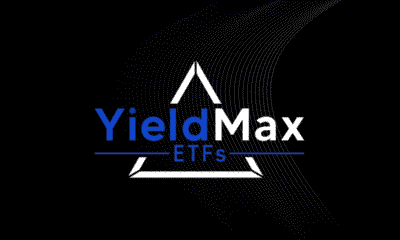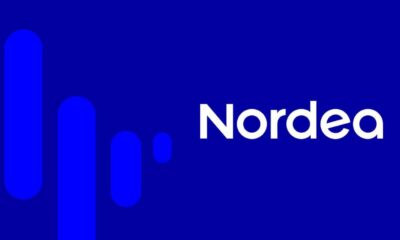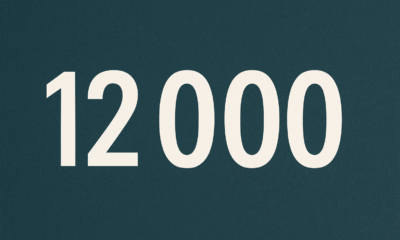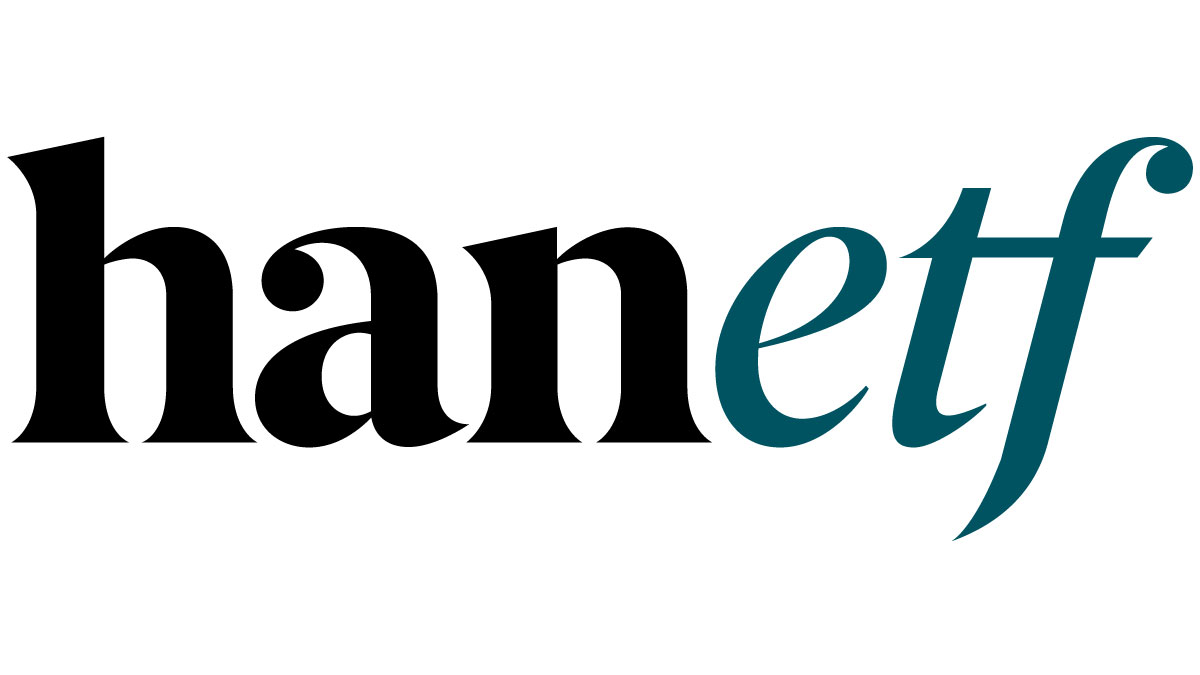96 % av investerarna är redo att öka aktiv användning av ETFer, majoriteten anser att Europa behöver fler aktiva ETFer med covered calls och räntebärande fonder – enligt HANetf Thematic & Active Review.
- HANetf har publicerat sin senaste Thematic & Active Review, som inkluderar en oberoende professionell undersökning av förmögenhetsförvaltare, som fann att 96 % av investerarna förväntar sig att öka sin användning av aktiva ETF:er under de kommande 12 månaderna.
- Majoriteten av de svarande (34 %) sa att Europa behövde fler aktiva ETF:er med täckt köpoption och räntebärande räntebärande fonder.
- Översikten innehåller även artiklar från sektorexperter som PT Asset Management, GinsGlobal Index Funds, EMQQ Global och Westfield Capital Management.
- Inuti finns också en fullständig resultatanalys av teman, råvaror och kryptovalutor.
HANetf, Europas första och enda oberoende white-label UCITS ETF- och ETC-plattform [1], och ledande leverantör av digitala tillgångs-ETPer, är glada att kunna tillkännage lanseringen av sin senaste Thematic & Active Review.
Översikten, som publiceras två gånger om året, gör en djupdykning i tematiska och aktiva investeringstrender och inkluderar kommentarer från HANetfs expertpartners, samt en paneuropeisk undersökning av förmögenhetsförvaltare, prestationsanalyser, branschnyheter och mer.
Den senaste undersökningen av förmögenhetsförvaltare från hela Europa visade att 96 % förväntar sig att öka sin användning av aktiva ETF:er under de kommande 12 månaderna, med ytterligare 32 % som förutspår en ”betydande ökning”. Aktiva ETF:er såg en betydande tillväxt i Europa förra året, med en ökning på 68 % i förvaltat kapital – hittills under 2025 har de sett över 9,5 miljarder dollar i nettoflöden. [2]
Dessutom sa majoriteten (34 %) av de svarande att Europa behövde fler aktiva produkter inom ränte- och covered calls. Översikten innehåller kommentarer om båda dessa områden, där Sean Dranfield – VD för PT Asset Management och förvaltare av Performance Trust Total Return Bond UCITS ETF (ticker: PTAM) – analyserar de räntemöjligheter som volatilitet ger. Vi introducerar även YieldMax™-serien av aktiva täckta köpoptionsprodukter som nyligen har lanserats i Europa.
Undersökningen visade också att majoriteten (38 %) av investerarna förväntar sig att tematiska ETF:er kommer att se mest tillväxt i Europa under de kommande 5 åren, tätt följt av aktiva ETFer (36 %).
I undersökningen frågades även efter investerarnas attityder till olika teman och råvaror. Respondenterna uppgav att de var mycket optimistiska (38 %) om teknologi/AI. För granskningen genomförde vi en intervju med Anthony Ginsberg, VD för GinsGlobal Index Funds och förvaltare av HAN-GINS Tech Megatrend Equal Weight UCITS ETF (ticker: T3KE), för att få hans syn på tekniksektorn och varför lika viktning kan ge en möjlighet att få tillgång till den.
Ett annat tema som investerare var optimistiska (26 %) eller mycket optimistiska (24 %) om var hälso- och sjukvård. Westfield Capital Management, aktiva förvaltare för Harbor Health Care UCITS ETF (ticker: W311), citerar i en artikel för Review tre skäl till varför temat kan prestera starkt under 2025.
På annat ställe i Review förklarar EMQQ Global ”Magnificent 8 of India”, HANetfs medgrundare och med-VD Hector McNeil förklarar varför investerare kan vilja överväga europeiskt försvar från en ETF-utgivare med europeiskt huvudkontor, och HANetf tar upp argumenten för ansvarsfullt anskaffat fysiskt guld, kritiska material och blankade och belånade kryptovalutor.
Hector McNeil, medgrundare och VD för HANetf, kommenterade: ”Vi är glada att lansera den senaste utgåvan av vår tematiska och aktiva översikt. Dessa halvårsvisa publikationer innehåller expertkommentarer från våra fondpartners, exklusiva undersökningsresultat och resultatdata. Detta är ett unikt erbjudande som bygger på den samlade kunskapen och erfarenheten hos HANetfs white-label-kunder från hela världen, snarare än att endast ge en intern bild.
”Undersökningsresultaten visar att investerarnas intresse för aktiva ETFer fortfarande växer i snabb takt – vår senaste undersökning, som genomfördes i januari 2025, visade att 94 % av investerarna förväntar sig att öka sin användning av aktiva ETFer – den här gången är siffran 96 %. Det växande förvaltade kapitalet för aktiva ETFer berättar en liknande historia, med 9,5 miljarder dollar i nettoflöden redan i år.”
”Denna trend har återspeglats i de förfrågningar vi har fått om att lansera nya produkter i Europa. Som white-label-emittent attraherar vi kapitalförvaltare från hela världen som vill förverkliga sina ETF-idéer – den typ av produkt de vill lansera kan fungera som en barometer för marknadssentimentet. Vi har sett en betydande ökning av förfrågningar om aktiva ETF:er under det senaste året, så alla tecken tyder på att området kommer att se en betydande tillväxt under de kommande åren.
”Investerare förväntar sig också en betydande tillväxt inom det tematiska ETF-området, och vi har sett detta genom flöden. Vårt utbud av tematiska ETF:er har hittills i år tagit över 1,4 miljarder dollar i nettoflöden.”
[1] Som visas i ETF-databasen.
[2] HANetf; ETF-bok. Data per 10.06.2025.

 Nyheter2 veckor sedan
Nyheter2 veckor sedan
 Nyheter4 veckor sedan
Nyheter4 veckor sedan
 Nyheter4 veckor sedan
Nyheter4 veckor sedan
 Nyheter2 veckor sedan
Nyheter2 veckor sedan
 Nyheter4 veckor sedan
Nyheter4 veckor sedan
 Nyheter2 veckor sedan
Nyheter2 veckor sedan
 Nyheter1 vecka sedan
Nyheter1 vecka sedan
 Nyheter1 vecka sedan
Nyheter1 vecka sedan






















